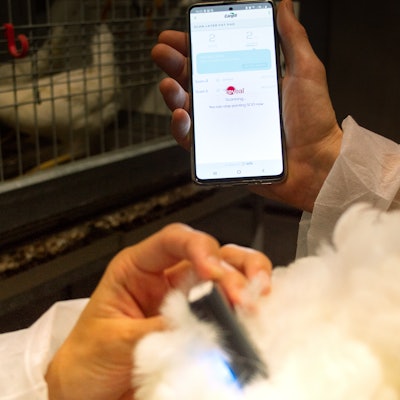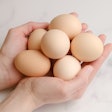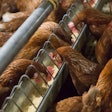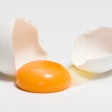
A noninvasive technology that uses near-infrared (NIR) light could help layer producers take real-time measurements of the body composition and fat pad condition in their birds.
The patent-pending technology gives producers and nutritionists the ability to conduct real-time, measurements that can be used to evaluate the relationship between body fat and egg production. Additionally, it allows nutritionists to quickly adjust diet formulations to achieve an ideal body condition and helps producers optimize egg production and improve profitability.
Cargill launched the REVEAL technology at the 2024 International Production and Processing Expo (IPPE).
“REVEAL Layers is part of Cargill’s holistic approach to monitor body fat and egg production, supporting the producer and nutritionist to make educated decisions regarding the diet. As we navigate the challenges of feeding a growing global population, these insights pave the way for more sustainable and efficient poultry production,” stated Lieske van Eck, Cargill Senior Scientist.
How the tool works
First, producers scan the layer using a handheld device that allows NIR light to be absorbed through the skin to measure the fat pads.
The scanner then sends the results to a designated mobile device via Bluetooth where the information is displayed. The results are shown in a format that allows producers to determine what the optimal range is and compare individual birds or flocks.
Why fat pads?
Measuring abdominal fat tissue in poultry is crucial because it grows faster compared to the other fat tissues in the body, making it an indicator for judging the total body fat content. Additionally, fat pad measurements give the producer an indication of the quality of the diet and if the bird is being fed too much or too little.
Because layer hens produce eggs for approximately two years, measuring the fat pad helps producers determine if the bird is building up enough fat stores to produce for that period of time. If not, the nutrition plan needs to be reevaluated.



















